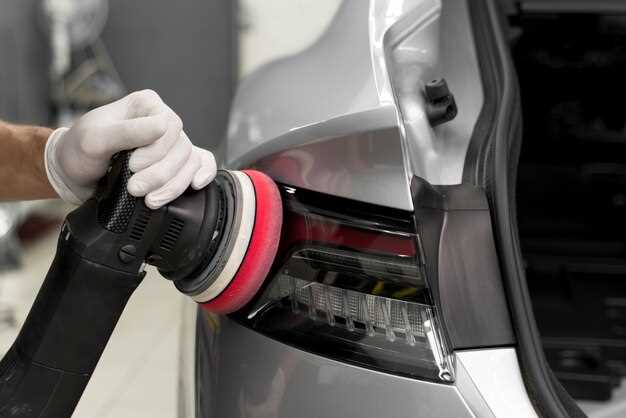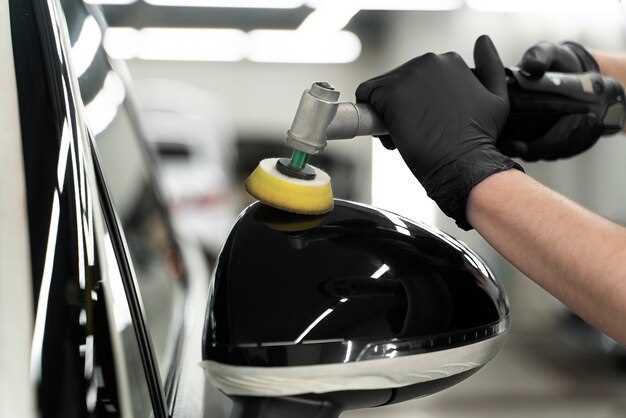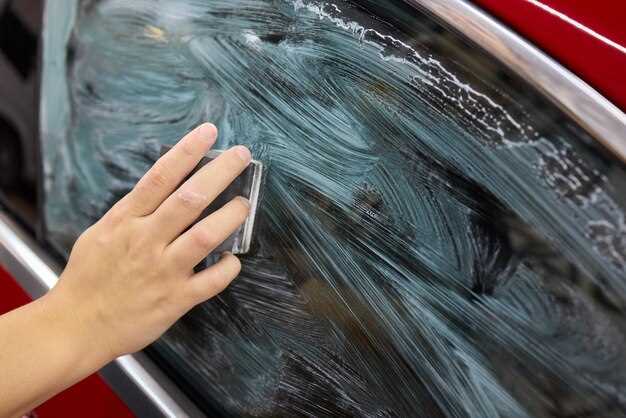

Dealing with deep scratches on your car can be a daunting task. However, knowing how to effectively fix these imperfections can save you time and money. A well-maintained car not only looks better but also retains its value over the years. Fortunately, removing deep scratches from car paint is achievable with the right tools and techniques.
Before diving into the restoration process, it’s essential to assess the depth of the scratches. Some may only affect the clear coat, while others penetrate deeper into the paint layer. Understanding this difference will allow you to choose the appropriate methods to fix the problem effectively. With a few simple steps, you can restore your car’s finish and enhance its overall appearance.
This guide will walk you through various methods for tackling deep scratches, ranging from DIY solutions to professional-grade products. By following these strategies, you can revive your car’s paintwork and enjoy a polished, flawless exterior once again.
Identify the Type of Scratch on Your Car’s Surface
Before attempting to remove scratches from your car’s paint, it is essential to identify the type of scratch you are dealing with. Scratches can vary significantly in depth and severity, which determines the appropriate repair method. Generally, scratches are categorized into three levels: clear coat scratches, color coat scratches, and deep scratches.
Clear coat scratches are the most superficial type of damage. They primarily affect the clear layer that protects the paint beneath. These scratches are often hard to see and may only be visible under certain lighting conditions. Simple polishing or buffing techniques can usually remove them, restoring the shine.
Color coat scratches penetrate deeper, reaching the colored paint layer beneath the clear coat. These scratches are more noticeable and can appear as a different shade or hue in contrast to the surrounding surface. To repair color coat scratches, you may need to use touch-up paint to fill in the damaged areas followed by a clear coat application to blend the repair with the rest of the car’s exterior.
Deep scratches are the most severe type and extend all the way down to the metal surface of the vehicle. These scratches expose the underlying material to the elements, which could lead to rust and further deterioration if not addressed quickly. Repairing deep scratches often requires sanding down the area, applying a primer, followed by color matching paint, and finally a clear coat for protection.
By accurately identifying the type of scratch on your car, you can choose the most effective method to restore its surface. This understanding is crucial for maintaining the aesthetic appeal of your vehicle and protecting it from potential long-term damage.
Step-by-Step Guide to Using Scratch Remover Products

Using scratch remover products effectively can help you fix deep scratches on your car’s paint. Follow these steps to achieve the best results.
Step 1: Gather Your Materials
Before starting, collect all necessary materials including a scratch remover product, clean microfiber cloths, masking tape, water, and a spray bottle. Ensure the area is well-lit and safe to work.
Step 2: Clean the Affected Area
Thoroughly wash the scratched area with soap and water to remove dirt and debris. Dry it completely with a clean cloth to prevent any contaminants from interfering with the repair process.
Step 3: Mask Off Surrounding Areas
Use masking tape to cover the areas around the scratches. This will protect the surrounding paint from any potential damage caused by the scratch remover product.
Step 4: Apply the Scratch Remover
Take your scratch remover and apply a small amount directly onto the scratched area. Use a clean microfiber cloth, and rub it gently in a circular motion. Make sure to follow the instructions on the product label for the best results.
Step 5: Buff the Area
After applying the product, allow it to set for the recommended time. Then, buff the area with another clean microfiber cloth, using light pressure. This step will help blend the fixed area with the surrounding paint.
Step 6: Inspect Your Work
Carefully inspect the area to check if the scratches have been adequately removed. If some scratches remain, you may need to repeat the application process for minor fixes.
Step 7: Clean Up
Once you are satisfied with the results, carefully remove the masking tape and clean any excess product from the surrounding areas. Wash your hands and store all materials properly.
Step 8: Protect the Repaired Area
To maintain the fix, consider applying a layer of wax or sealant to protect the repaired area from future damage. Regular maintenance will help keep your car looking great.
When to Seek Professional Help for Severe Scratches

Determining when to seek professional help for severe scratches on your car is critical for effective repair and maintenance. If the scratch reveals the metal underneath the paint, this indicates that the damage is profound and may lead to rusting if not addressed promptly. In such cases, a professional fix is advisable to ensure the underlying issues are properly treated.
Additionally, if the scratch is extensive and appears to be more than surface-level damage, involving multiple layers of paint, enlisting a professional is recommended. They possess the necessary tools and expertise to blend new paint seamlessly with the existing finish, restoring your car’s appearance without leaving noticeable marks.
Another scenario calling for professional intervention is when DIY fixes result in unsatisfactory outcomes. Attempting to repair severe scratches on your own can sometimes worsen the damage or create new imperfections. If you find that your efforts have not achieved the desired results, consulting a professional is the best course of action.
Finally, if you are unsure about the severity of the scratches or lack confidence in your ability to fix them, it’s wise to seek advice from an expert. A professional can assess the damage accurately and recommend the best solutions for your car, ensuring that you receive the highest standard of repair possible.







